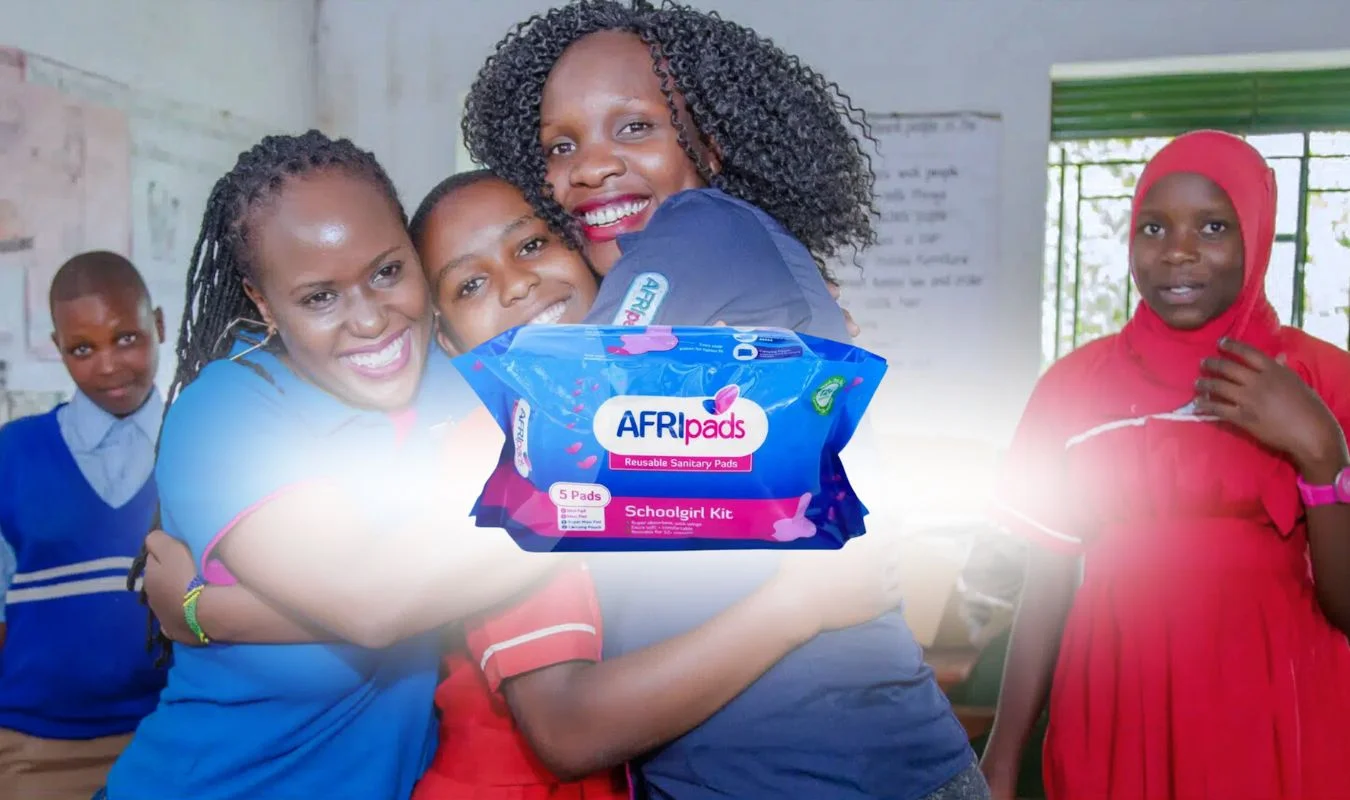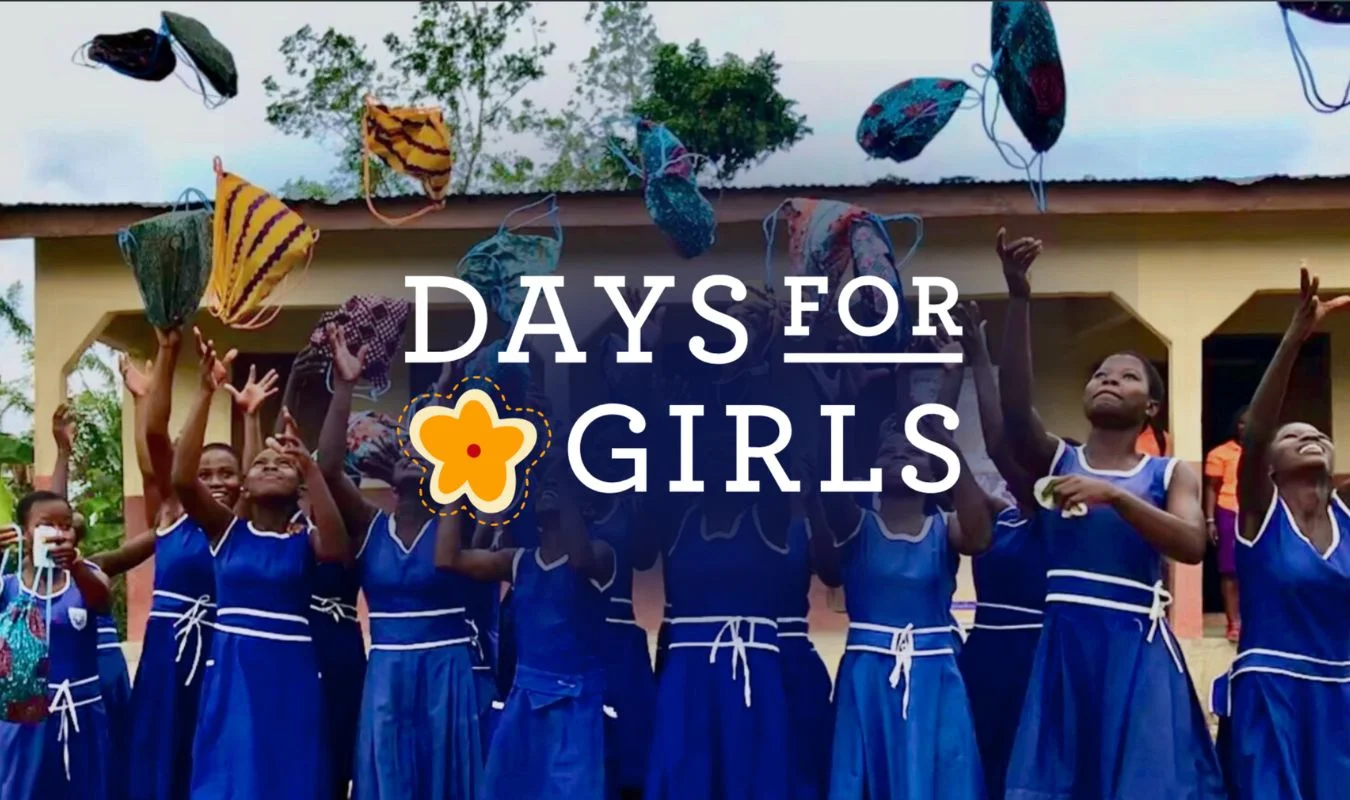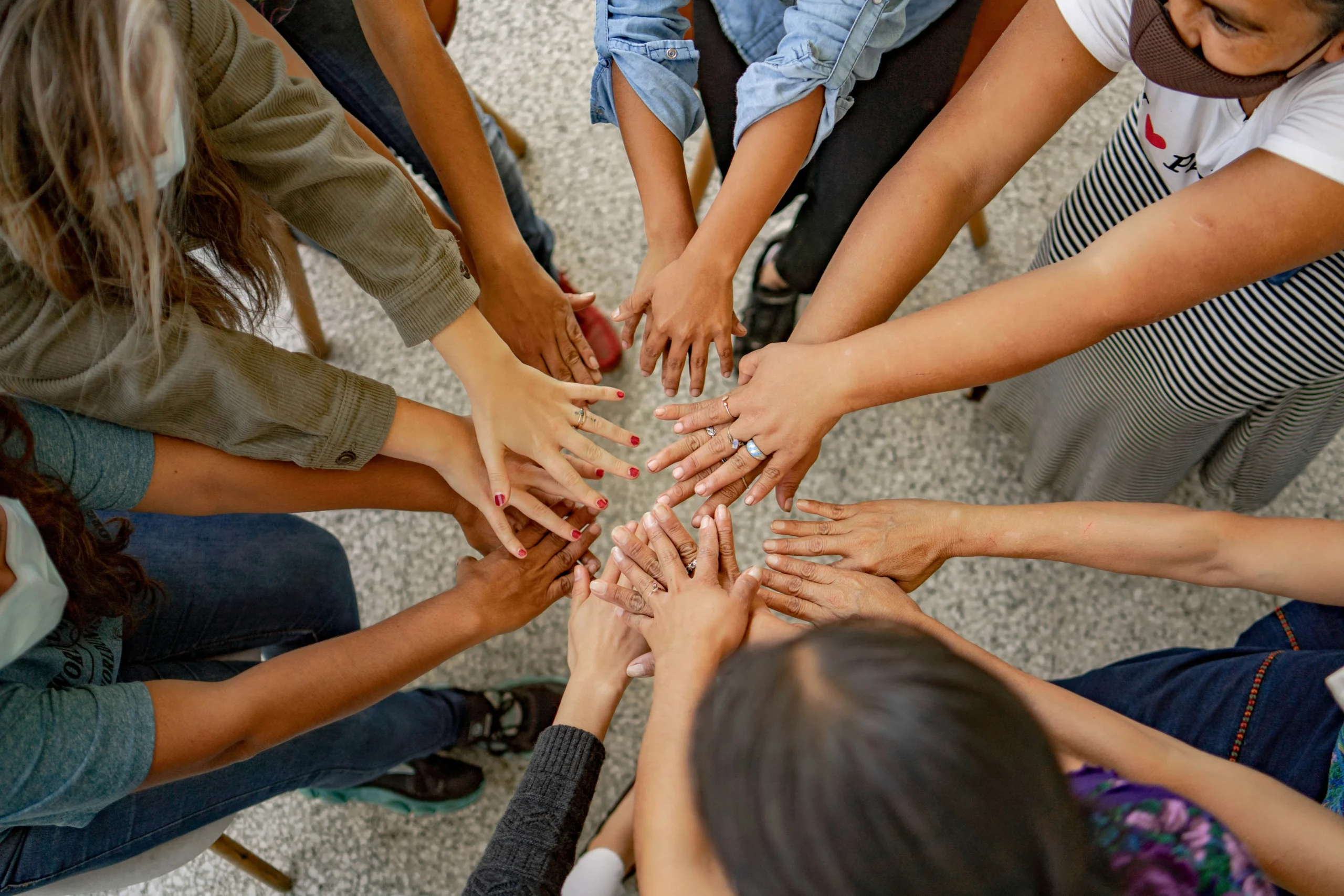Shocking Facts About Clean Water You Should Know
By John Hawthorne
Water is incredibly, astonishingly precious. Water allows us to stay hydrated and quench our thirst. Water allows us to clean our bodies and maintain proper hygiene. Water cleans our toilets and our cars and our windows. Water allows us to relax in swimming pools and clear lakes. Water is an absolutely integral part of our lives.
And yet so often we take clean water for granted. We use lavish, extravagant amounts of water when we bathe our children. We don’t think twice about flushing our toilets once, twice, even three times. We fill a glass with water, take a sip, and then dump the rest out. We buy clean ice in 20 and 30 pound bags. We fill swimming pools with hundreds of thousands of gallons of water. For many of us, water is an abundant resource that we never think twice about.
There’s nothing wrong with enjoying the goodness of clean water. But as Marcus Samuelsson said:
“Clean water and access to food are some of the simplest things that we can take for granted each and every day. In places like Africa, these can be some of the hardest resources to attain if you live in a rural area.”
For many people, clean water is not an abundant commodity to be wasted, but a treasure to be chased and hoarded. Many people, especially those in developing countries, go their entire lives without experiencing the joy of clean, abundant water.
At Business Connect, we are passionate about providing citizens of developing countries with affordable access to clean water. In order to do that, we need to first help people understand just how large a problem access to clean water really is.
In 2010, the UN General Assembly explicitly recognised the human right to water and sanitation. Everyone has the right to sufficient, continuous, safe, acceptable, physically accessible and affordable water for personal and domestic use.
So, with that in mind, here are 5 facts about clean water throughout the world. We encourage you to ponder these facts and consider how you might be part of the solution.

Approximately 1 in 7 people Lack Access To Safe Water
An astonishing 1.1 billion of the world’s population lacks access to clean, safe water. The World Health Organization and UNICEF define safe drinking water in the following way:
- Drinking water is water used for basic household purposes, such as drinking, cooking and personal hygiene;
- Access to drinking water means that the water source is close (less than 1 KM away) and a person can reliably secure at least 20 liters of water per day for each household member.
- Safe drinking water is water that is in alignment with WHO guidelines or national standards on drinking water quality, including microbial, chemical and physical characteristics.
- Access to safe drinking water is the proportion of people in a given population using improved drinking water sources such as a household connection, public standpipe, borehole, protected dug well, protected spring, or rainwater.
The suffering caused by unsafe water is massive
Approximately 2.6 billion people (half the developing world) lack access to an improved latrine, and 1.1 billion people lack access to an improved water source.
The damage caused by unclean water is absolutely catastrophic. Every year:
- 1.1 million people, mostly under the age of 5, die from diarrhoeal diseases directly attributable to unclean, unsafe water. Almost all these deaths occur in developing countries.
- 160 million people are infected with schistosomiasis. 500 million are at risk for trachoma, which in turn puts 146 million people at risk for blindness.
- 133 million people suffer from intestinal helminths (ascariasis, trichuriasis and hookworm infection) caused by unsafe drinking water.
- 300 to 500 million people are afflicted with malaria, which is caused by mosquitos. Mosquitoes typically breed in standing, stagnant water. Approximately 1 million children die every year from malaria.
- 12 million people are infected with typhoid, which causes headaches, nausea, and loss of appetite. Typhoid is typically caused by ingesting water filled with bacteria.
Clearly, unsafe, unclean drinking water is causing massive damage on a global scale, affecting hundreds of millions of people and causing untold suffering.
Clean water is the only way to prevent the water borne diseases that afflict so many people in the developing world. Without clean water, adults and children are forced to drink and bathe in water that is riddled with bacteria and parasites.
Additionally, clean water is crucial to preventing infections and sickness in those with AIDS/HIV. Those infected have depressed immune systems, which in turn leads to more health problems.

Sub-Saharan Africa and Asia are the most Affected
Countries in Sub-Saharan Africa and Asia are the most affected by the global water crisis. According to the World Health Organization, the top 5 areas for unsafe water are:
- Sub Saharan Africa – 319 million people
- Southern Asia – 134 million people
- Eastern Asia – 65 million people
- South Eastern Asia – 61 million people
- All other regions – 84 million people
Consider the following troubling situations.
Only 13% of Afghanistan has access to clean water. There are some areas in Afghanistan where water is scarce as a resource, but for the most part, the problem is caused by inadequate infrastructure. With the country in turmoil from war, clean water is desperately needed.
Only 11% of the population in Ethiopia has access to clean sanitation. As a result, the country has a frightening infant mortality rate (77 out of 1,000), significant health problems, and poor education. The task of securing water falls primarily on women and children, who must trek exceedingly long distances to find water.
In Cambodia, 84% of the population does not have access to clean water or sanitation. Even though monsoons often dump massive amounts of water, this water is quickly contaminated due to poor infrastructure and a lack of proper technology. Until the country has access to clean water, the population will continue to rely on rainwater for their water supply, even though it is not safe or clean.
In Haiti, 20% of the population does not have access to a clean toilet and 50% of people lack access to clean water. The massive earthquake in 2010, in conjunction with soil erosion and a lack of water treatment facilities, has caused an ongoing water crisis.
The point is simply this: the residents of these areas must constantly contend with the challenge of finding clean drinking water. They cannot simply stop drinking water.
Children are hardest hit by unclean water
One of the saddest realities of unsafe, unclean water is that children are hit the hardest. UNICEF estimates that approximately 1,000 children die every day due to diarrhoeal diseases, most of which could be prevented simply through access to clean water. A child dies every 90 seconds from a water-related disease.
Diarrhea, which is easily preventable with clean water, is the 3rd leading cause of child death, a majority of which are water-related. Some 161 million children suffer from stunting, or chronic malnutrition, much of which is directly tied to unsafe, unclean drinking water. Sanjay Wijesekera, global head of UNICEF’s water, sanitation and hygiene programme, says:
“If 90 school buses filled with kindergartners were to crash every day, with no survivors, the world would take notice. But this is precisely what happens every single day because of poor water, sanitation and hygiene.”

Every day, women and children spend approximately 125 million hours gathering water. This burden typically falls heaviest on women and girls, who spend up to 6 hours per day trying to find water for their families.
In Asia and Africa, women and children walk approximately 3.7 miles per day just to locate water.
Progress is occurring… slowly
Now for some good news: progress is being made in giving more people access to clean drinking water. Since 1990, 2.6 billion people have been given access to clean water, raising the global percentage to 91%. And, thankfully, that number is still growing every year. For example, in Sub-Saharan Africa (one of the worst areas for unclean water), 427 million have gained access to clean water since 1990.
There has also been progress in decreasing the number of children hurt by unsafe water. The number of children dying every day from diarrhoeal diseases has been cut in half over the past 15 years, from 2,000 to 1,000.
Unfortunately, the model for progress starts with the wealthiest people first. As Sanjay Wijesekera says:

“What the data really show is the need to focus on inequalities as the only way to achieve sustainable progress. The global model so far has been that the wealthiest move ahead first, and only when they have access do the poorest start catching up. If we are to reach universal access to sanitation by 2030, we need to ensure the poorest start making progress right away.”
Additionally, many countries still accept, and even encourage behaviors that contaminate drinking water, such as open defecation. Furthermore, those in rural areas (7 out of 10) tend to have less access to clean water compared to those in urban areas (9 out of 10).
Yes, progress is being made, and we should be thankful for that progress. But it is also crucial that we continue to push forward clean water initiatives.

Takeaways about the state of clean water
Clean water is both an essential human right and essential for life. Those with access to clean, safe water have markedly improved lives compared to those who don’t. The water problems in Flint, Michigan have given us in the United States a tiny glimpse into the everyday struggles so many face.
Manoj Bhargava said:
People with water-borne diseases occupy more than 50% of hospital beds across the world. Does the answer lie in building more hospitals? Really, what is needed is to give them clean water.
Our mission at Business Connect is to, “…give hope to the impoverished by creating employment, in the marketing of life enhancing products, within a business model that is sustainable and environmentally balanced.”
One of the ways we do that is by helping people gain access to clean water.
Additionally, many countries still accept, and even encourage behaviors that contaminate drinking water, such as open defecation. Furthermore, those in rural areas (7 out of 10) tend to have less access to clean water compared to those in urban areas (9 out of 10).
Yes, progress is being made, and we should be thankful for that progress. But it is also crucial that we continue to push forward clean water initiatives.
On this page
Have a story to share in the world of water, sanitation, and hygiene? Connect with our media team today!
Share Your Story



